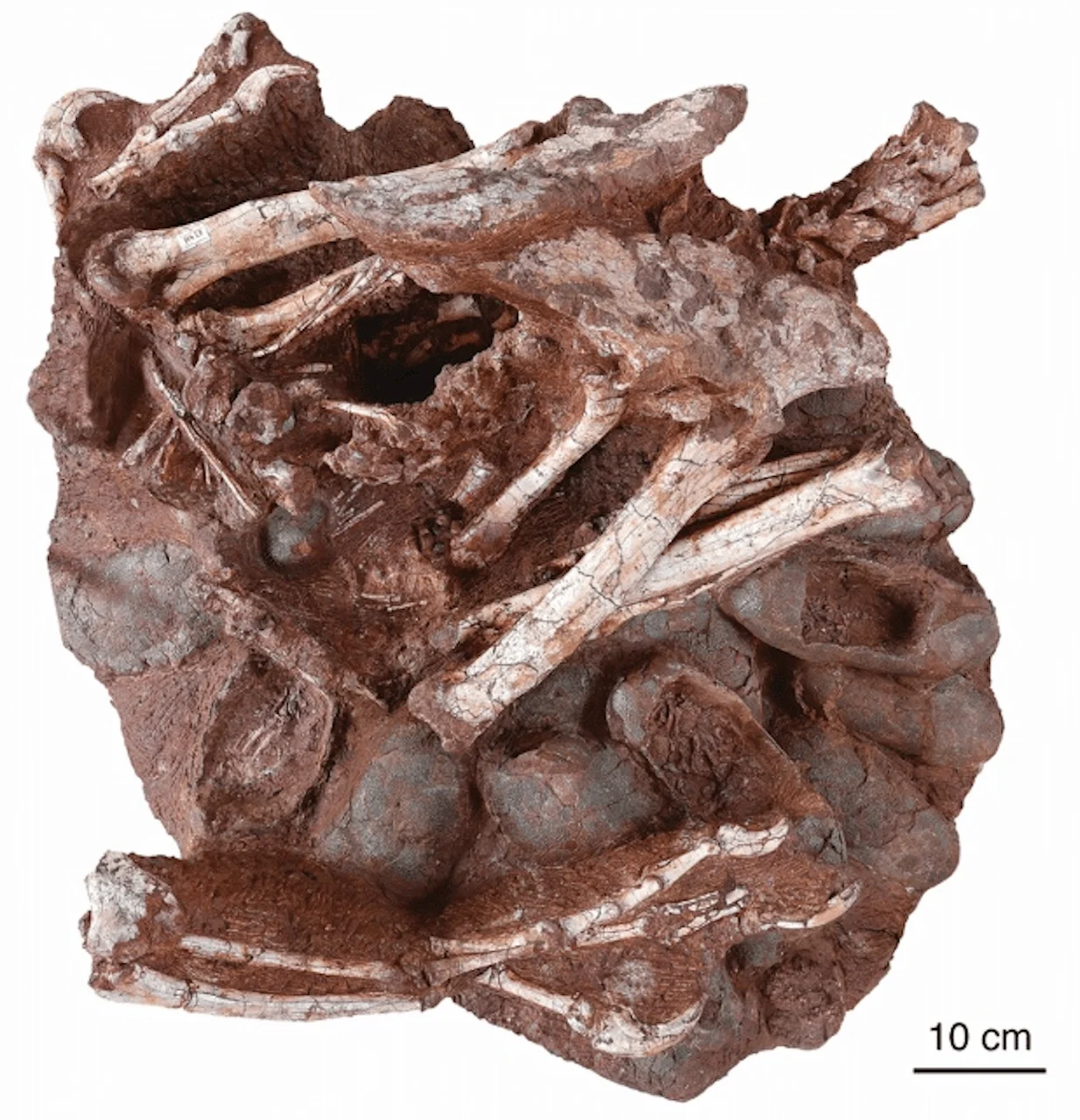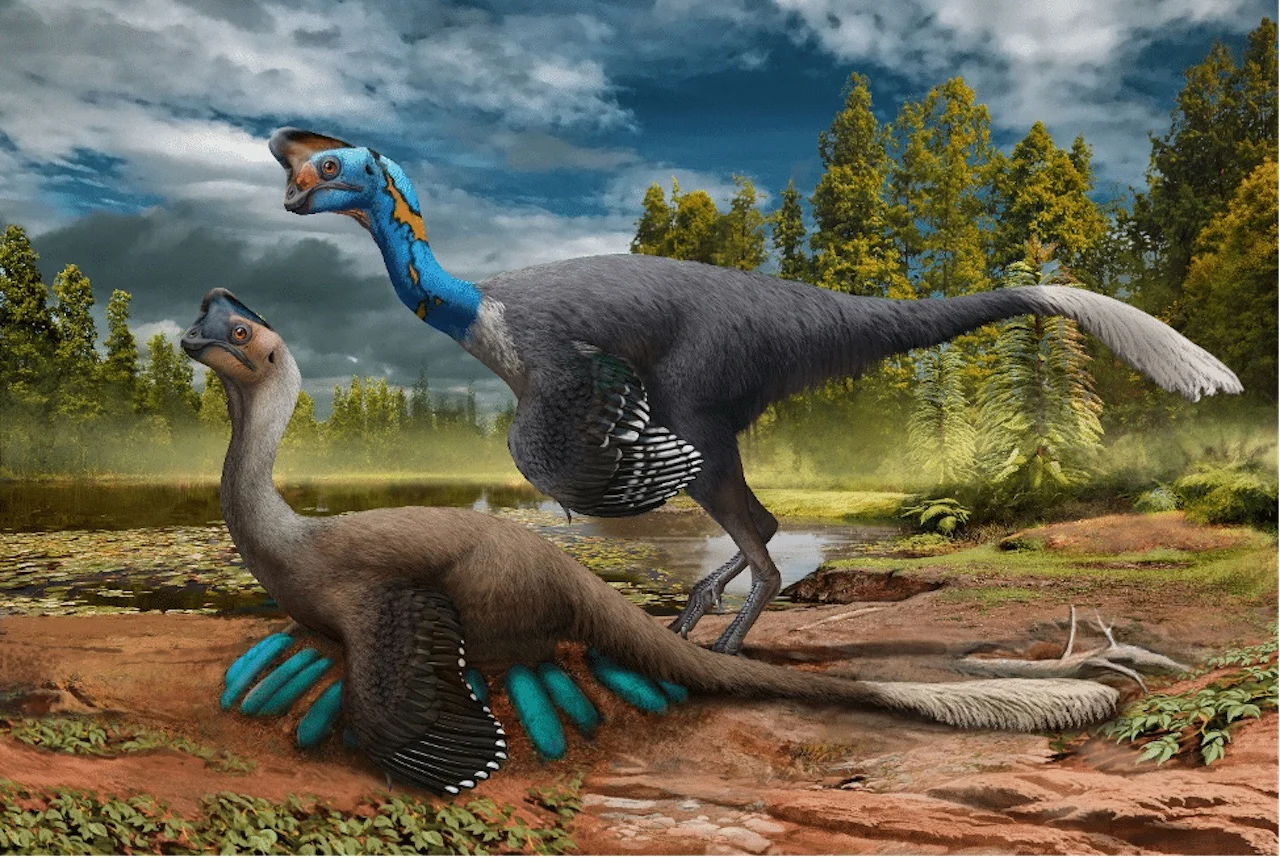
Dinosaur fossil atop nest with eggs is world's first, scientists say
This is the first time that a single specimen of a non-avian dinosaur has been found sitting on a nest of eggs that preserved embryos, says a university professor.
The recent unravelling of a preserved dinosaur perched atop a nest of fossilized embryos is considered to be a first in the paleontology world.
The fossil of an oviraptorosaur, belonging to a group of bird-like theropod dinosaurs that lived during the Cretaceous period, was uncovered from 70-million-year-old rocks in Ganzhou City, China. The mold contains an incomplete skeleton of what is believed to be an adult specimen, hunkered down in a bird-like brooding pose over a grasp with a minimum of 24 eggs.
SEE ALSO: 'Significant discovery': 12-year-old boy finds dinosaur skeleton in Alberta
At least seven of these eggs preserve bones or partial skeletons of unhatched oviraptorid embryos inside.
“Dinosaurs preserved on their nests are rare, and so are fossil embryos. This is the first time a non-avian dinosaur has been found, sitting on a nest of eggs that preserve embryos, in a single spectacular specimen,” said Shundong Bi, professor at the Indiana University of Pennsylvania and research associate at Carnegie Museum of Natural History (CMNH) in a press release.

Oviraptorosaur fossil. Photo: Shundong Bi.
At least seven of the eggs had preserved the bones or partial skeletons of unhatched oviraptorid embryos inside. The adult’s close proximity to the eggs strongly suggests the latter died during incubation of the nest, similar to its modern bird cousins, rather than laying its eggs or guarding the nest like a crocodile, say the team of researchers.
Also of note from the study, the adult oviraptorosaur specimen had a group of pebbles in its abdominal region, most likely gastroliths or “stomach stones” -- rocks deliberately swallowed to help the dinosaur digest its food.
This is the first case that the "undoubted" stomach stones have been found in an oviraptorid, according to the scientific paper. Because of that, the stones may offer new clues into the animals' diets.

Oviraptorosaur drawing. Photo: Zhao Chuang, PNSO.
“It’s extraordinary to think how much biological information is captured in just this single fossil. We’re going to be learning from this specimen for many years to come," said Xing Xu, paleontologist at the Institute of Vertebrate Paleontology and Paleoanthropology in Beijing, in the media release.
The paper detailing the discovery was recently published in the journal Science Bulletin.
Thumbnail courtesy of Shundong Bi, professor at the Indiana University of Pennsylvania and research associate at Carnegie Museum of Natural History (CMNH).











